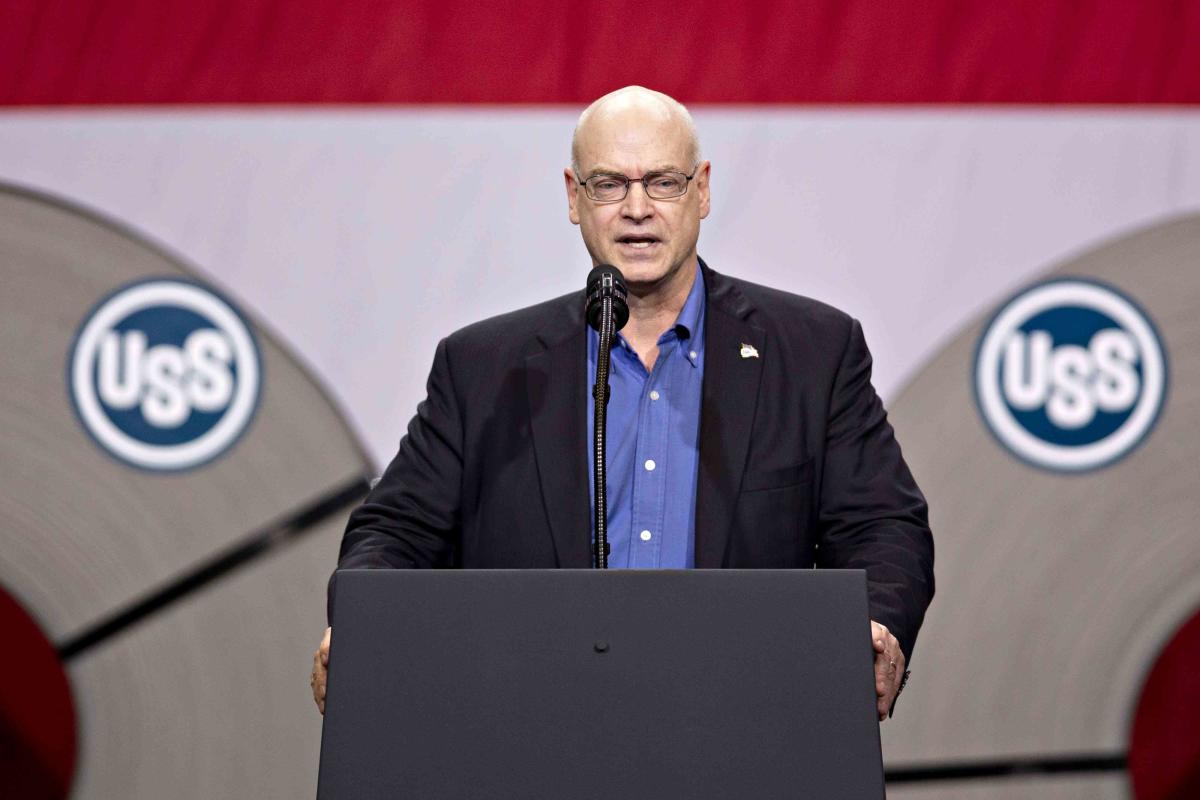
Daniel Acker / Bloomberg via Getty Images
U.S. Steel CEO David Burritt CEO in 2018.
Key Takeaways
-
U.S. Steel’s CEO said the company would have to close plants and might move its headquarters out of Pittsburgh if the Nippon Steel acquisition falls through.
-
David Burritt told the Wall Street Journal the company needs the planned infusion of cash Nippon has promised.
-
Both leading U.S. presidential candidates have said they oppose the acquisition.
The CEO of U.S. Steel (X) warned that the company would have to close steel plants and likely move its headquarters from Pittsburgh if the $14.9 billion purchase of the company by Nippon Steel doesn’t go through.
The comments by David Burritt to the Wall Street Journal came two days after Democrat presidential candidate and Vice President Kamala Harris said she supported President Biden’s position that the company should remain American-owned. That sent shares tumbling yesterday. Harris’s Republican rival in the campaign, former President Donald Trump, has also opposed the acquisition.
Burritt in the interview said that Nippon has committed to investing nearly $3 billion in U.S. Steel’s older mills, cash that was needed to keep them competitive and retain jobs. “We wouldn’t do that if the deal falls through,” he said. “I don’t have the money.”
Burritt said that without Nippon, U.S. Steel would continue to shift more production to lower-cost sites such as its Arkansas factory that turns scrap metal into new steel. He added that would allow the firm to close its Mon Valley plant, its last in the Pittsburgh area.
U.S. Steel has been based in Pittsburgh since 1901. Nippon executives have indicated that they planned to keep the headquarters there after the merger, the Journal noted.
U.S. Steel shares bounced back today, but they’ve lost about a quarter of their value this year.
Read the original article on Investopedia.


